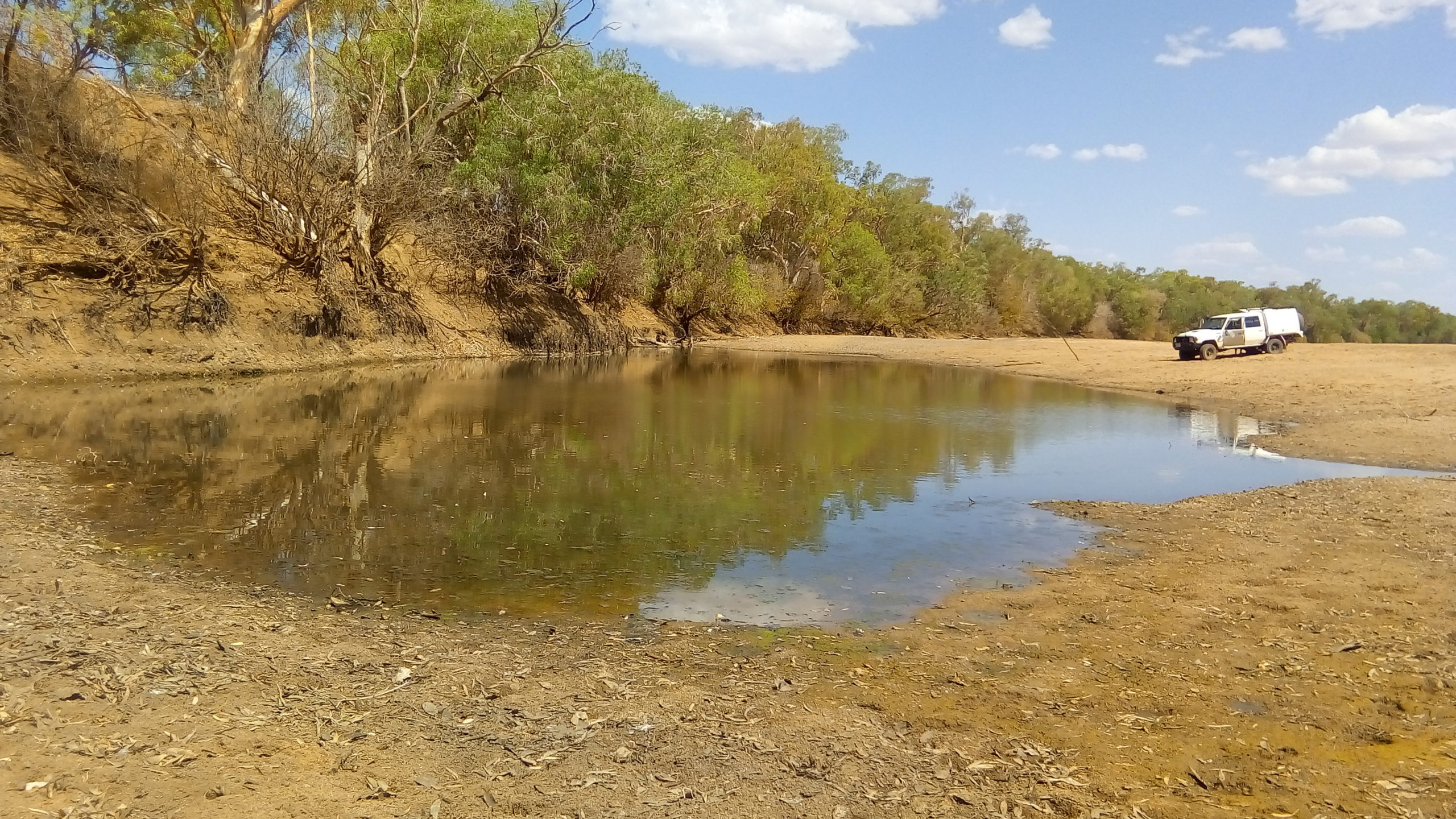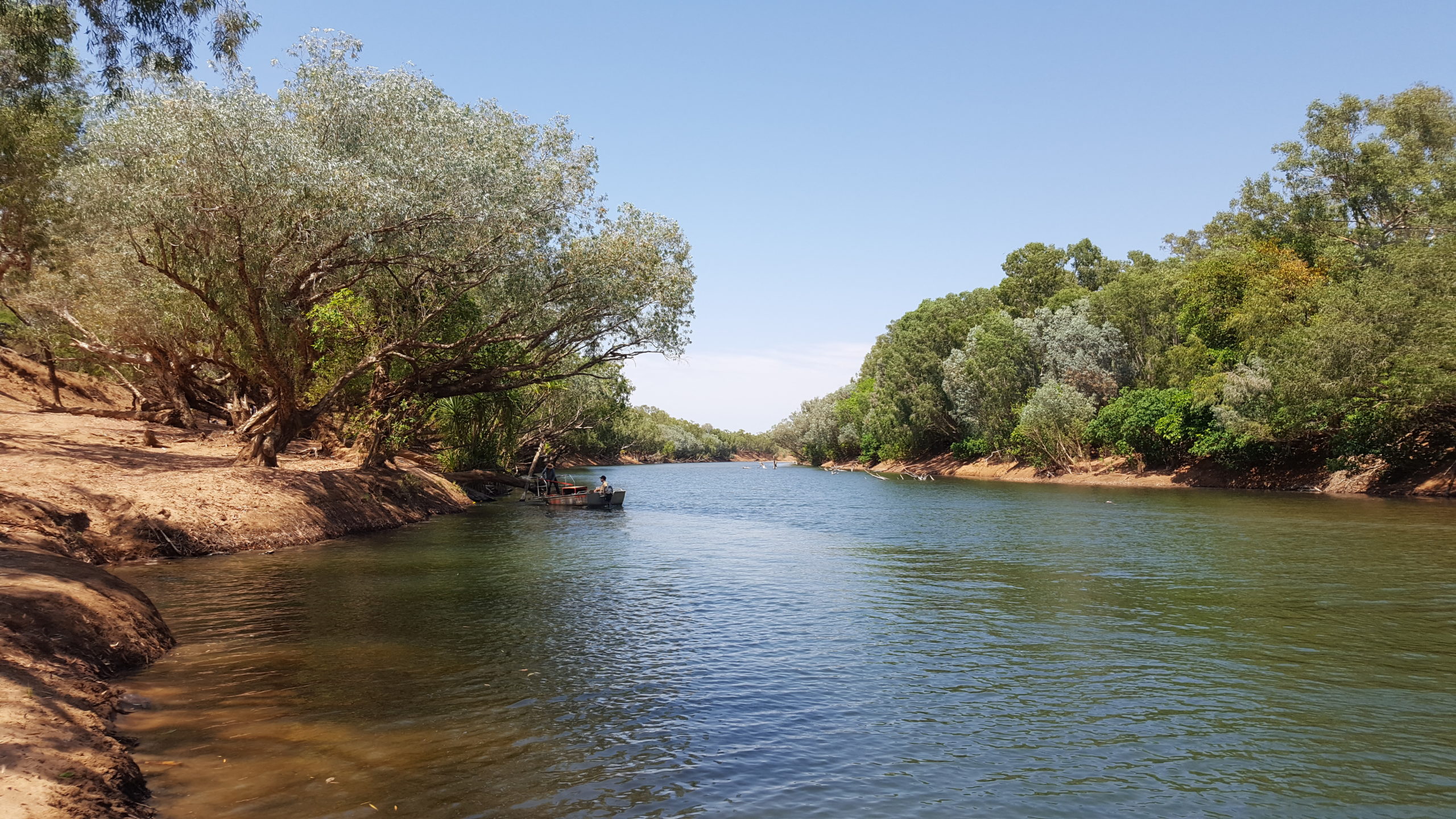12 May 2021
When and where are catfish fat fish?
A fat catfish is valuable for many reasons. In tropical northern Australia, fat fork-tailed catfish (Neoarius graeffei) effectively move energy around river-floodplain systems by feeding on the floodplain and bringing that productivity back into the river when floods subside. Fork-tailed catfish are also a highly valued food source for Indigenous people and have symbolic importance in local belief systems – and fish that are too skinny are less desirable and are often thrown back. But how does a catfish become a valuable fat fish?

Catfish can become really valuable “fat fish” that important for food webs and as a food source for people who live along northern rivers. Photo NERP Northern Australia Hub.
Both Indigenous knowledge and ecological research suggest that fish energy (fat) reserves are linked to the magnitude of wet season flows and seasonal changes in flows. New Hub research led by Dr Leah Beesley of the University of Western Australia investigated the importance of river flows and habitats in shaping the energy reserves of fork-tailed catfish in Western Australia’s Fitzroy River.
Catfish body condition and intramuscular fat were greater following moderate to high wet season flows, and smaller following a very low wet season. Body condition and fat generally declined as the dry season progressed, meaning that energy stored by the fish during the wet season sustains them during the dry. In addition, catfish living in large pools during the dry season had more body fat than fish in smaller pools.

Catfish living in larger pools during the dry season had more body fat than fish in smaller pools. Photo Leah Beesley.
This work reinforces the importance of wet season flows on the health of these important fish – the floods help them fatten up during the wet, and larger pools during the dry season allow them to maintain better condition. When planning for water resource development and extraction in the Fitzroy, consideration should also be given to the flows of the previous wet season – catfish would be in the poorest condition, and most vulnerable, at the end of a dry season that follows a poor wet season and so water extraction at these times could be risky for these fish.
This work is part of a larger project investigating the environmental water needs of the Fitzroy River, led by Professor Michael Douglas at the University of Western Australia.

Western Australia’s Fitzroy River. Photo Leah Beesley.
Want to know more about the Resilient Landscapes Hub's activities and our research into practical solutions to environmental problems? Stay informed about activities, research, publications, events and more through the Hub newsletter.